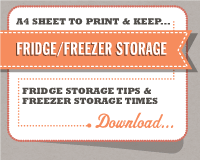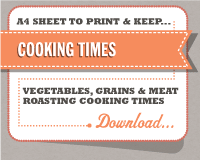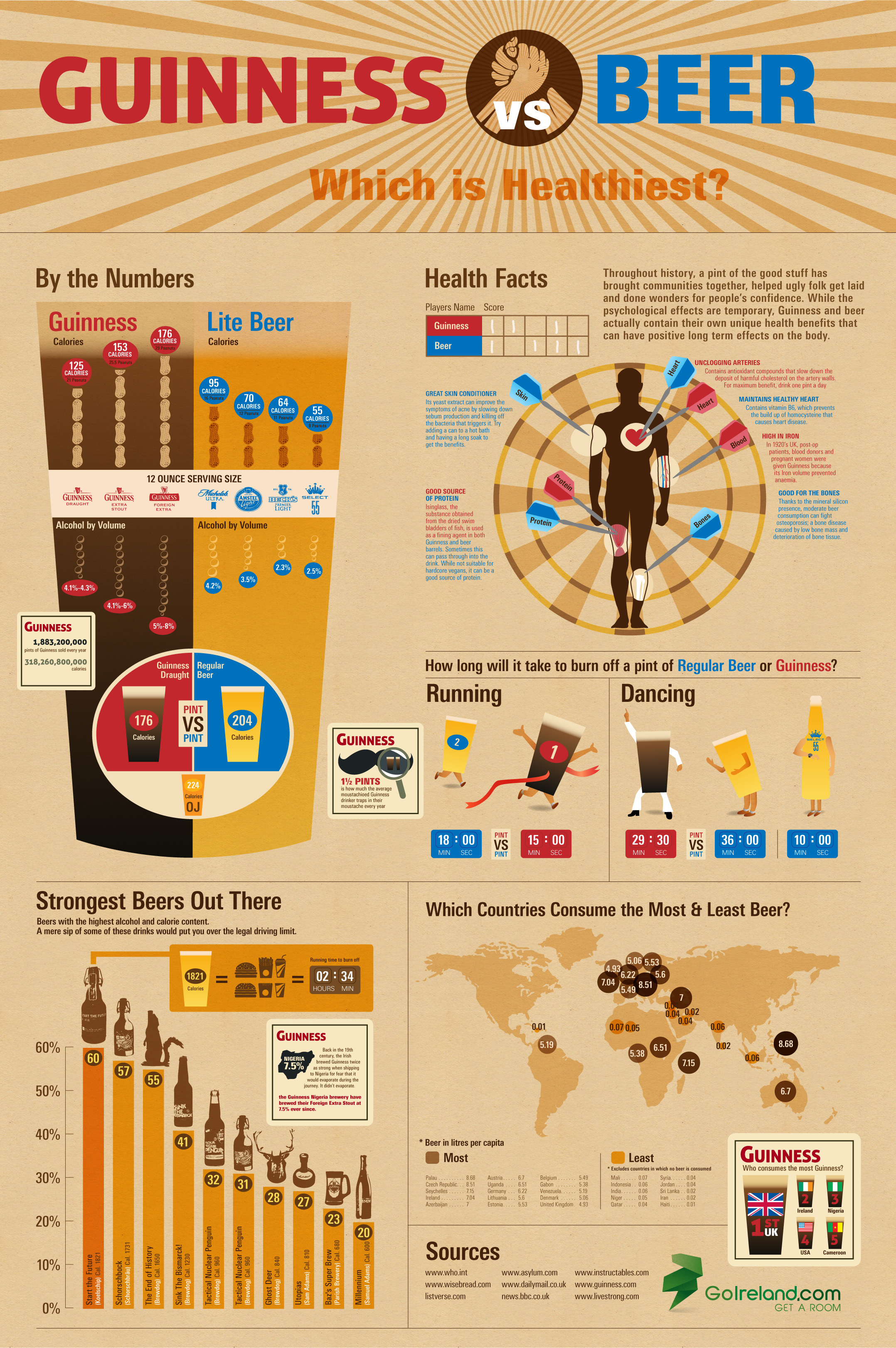Eat Like A Caveman With The Paleo Diet
The Paleo Diet infographic from DrVita.com shows readers what it would take to eat like a caveman!
For those of you who keep asking yourself, “is there a diet that is right for me?” There are hundreds of diets to pick and choose from. One popular diet is Paleo. Below is Paleo in a nutshell.
The paleo diet, sometimes referred to the caveman diet is based on the diet of ancient humans. Getting nutrients from vegetables, fruits, nuts, seeds, meats, and fish, this diet helps you achieve a healthy and nutritious diet. This infographic helps you understand why the paelo diet is healthy, what foods to eat and avoid, and how it works. Give it a try and see if this diet is right for you.
The design is a good, short explanation of the Paleo Diet, and what it would take eat only natural foods like our ancestors. Intuitively it makes sense, since processed foods and grains are a relatively recent discovery in the history of mankind.
Mostly just a visual explanation, there are a couple statistics included that would have have been better if they had been represented as data visualizations. The footer should include both a copyright statement and the URL directly to the original, full-size infographic so readers can find the high-resolution version.
Thanks to Mat for sending in the linK!









 Randy
Randy














